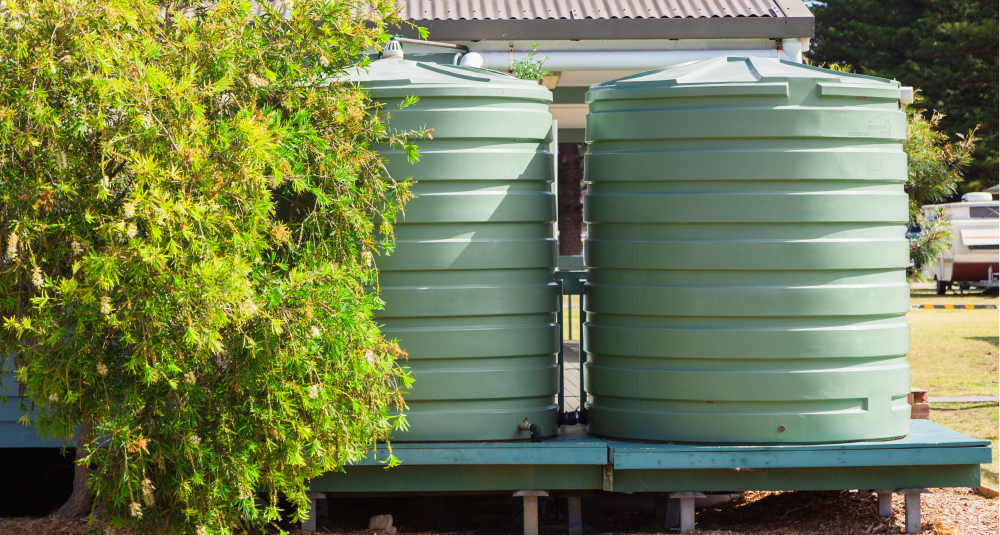
Find a local plumber
- Inspiration /
- Indoor projects /
- Plumbing /
- Water tank size guide:...
Water tank size guide: How to choose a rainwater tank
You'll need a different size rainwater tank depending on your capacity, and how you plan on using it
Because of a water shortage in many parts of Australia, rainwater tanks are nearly becoming a necessity for many households. If you don’t currently have a rainwater tank, you need to make sure that you choose one that’s best for you. And in this case, size does matter!
What is a rainwater tank and what are the benefits of it?
When it rains, rain will fall on your roof. It will then run through the gutter that is connected to the tank that will collect the water. The rainwater will be filtered before it reaches the tank which prevents leaves, insects, and other debris from falling into the tank. It then can be distributed to your home or garden for various purposes such as watering your plants, washing your car, or toilet flushing. Rainwater tanks can be installed in residential family homes as well as office and work properties.
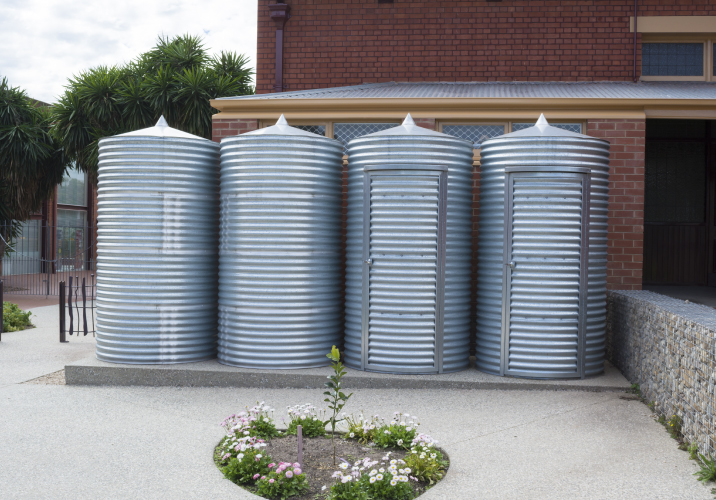
What size water tank do I need?
Water tank size is important and you should take into account how much space you have for installation. Water tanks come in different capacities, ranging from a few hundred litres to a few thousand litres. The bigger the water tank’s capacity, the more space it will take in your home. Given that there is enough room in your home, you can decide on a bigger size water tank without worrying. Choose the most convenient spot for the installation of the water tank.
However, if you have limited space for a water tank, it makes more sense to choose a smaller water tank. You may also want to consider a concealed tank, such as a bladder tank, which can go under your deck or even beneath your house. Underground water tanks are also available. You can use the rainfall and roof area catchment calculator to determine which size rainwater tank suits you the best.
Calculating what size tank you need
Determining exactly how much water you want to flow into your tank is an important first step. This means you need to take into consideration the size of the catchment surface, which is your roof. Keep in mind that the bigger your roof is, the more water will be collected in the tank.
Make sure you calculate an estimate for how much rain you get in your area. A formula exists for calculating the size of your tank. You should determine the size by multiplying the area of your roof by the average rainfall in your region. This value represents the maximum measurement of water that you can expect to capture.
Next, calculate how many days you expect it not to rain, and multiply that figure by your average daily amount of water usage. This will help ensure you have enough water long before any dry spell. A prime example is if you have a dry spell lasting for two months or 60 days, and you use 500 litres of water each day. For this example, you would need 30,000 litres of water. On the other hand, someone who uses only 100 litres of water each day would only need a tank with a capacity of 6,000 litres.
How to choose a water tank?
Once you have determined the size of the water tank, you can move to the next deciding factors such as its material and the installation form. There a quite a few types of rainwater tanks available:
- Round Corrugated Tanks
- Slimline Water Tanks
- Underground Water Tanks
If you say “I want the best for my house” you should inspect different models and do thorough research before deciding on one.
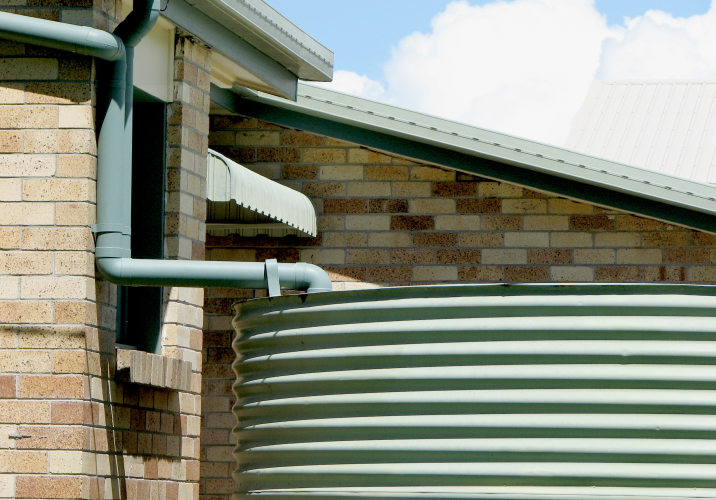
What type of rainwater tank should I choose?
Corrugated steel is the oldest and cheapest form of rainwater tanks. The material is long-lasting and fireproof, and it is recommended for larger-sized rainwater tanks. However, corrugated steel is prone to corrosion so therefore it needs a polyethylene protective lining.
Polyethylene or plastic rainwater tanks are the next cheapest option after corrugated steel. Both materials are light, yet strong and do not rust. These rainwater tanks experience wear when kept in the sun for too long, but not to worry – the materials are recyclable!
Steel-reinforced concrete rainwater tanks are highly durable and not prone to rusting. These tanks are structurally sound for permanent use underground, provided they are placed on a sturdy base that supports their total weight.
Fibreglass tanks are light and non-corrosive. However, their lightweight comes with a downfall; their thin walls allow light to pass through, which can encourage algae growth inside the water. This material can be thought to be the least popular for rainwater tanks.
Reasons for harvesting rainwater
When it rains, the rainwater cycle process picks up a heap of chemicals, pesticides and dissolved pollutants. By collecting rainwater in your tank, you protect the natural environment from the effects of the pollution. But not to worry – any pollutants in the water you collect will be thoroughly cleaned and safely contained by your implemented system.
Another reason why harvesting rainwater will benefit your life is that it decreases your reliance on main water supplies. If there happens to be a drought or any drainage of the groundwater, you’ll have your rainwater as a backup.
An obvious reason for harvesting rainwater is the reduced costs. Rainwater can be used for a number of things, which means you can watch your main water supply bill go downwards. Money win!
Water Tank Rebates Around Australia
Each state in Australia has a different rebate program that updates regularly. There is currently rebate programs in all states of Australia except the Northern Territory. Check your state government’s website for the latest rebates.
Amount of Water That You Use
You must keep in mind how you want to use the water that you collect. For those of you who are not on mains water and will be relying on this rainwater, you need a tank that’s adequately sized so you’re able to use the water for your everyday tasks, such as washing clothes, showering, drinking, flushing your toilet, and watering your lawn.
When rainwater is only a secondary source of water, you must think about how you will use it. If you plan to use it for your washing machine and toilet, you’ll need a larger tank. If it’s just for filling your pool and watering your garden, then a smaller tank will suffice.
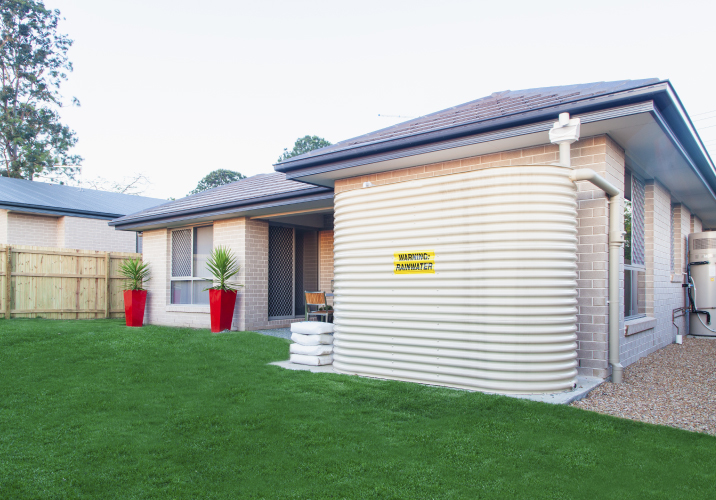
Rainwater tank installation
Installing a rainwater collector is an economic and ecological solution for watering the garden, washing your car and other purposes. Near the roof, connected to the gutter, the tank collects and stores the rainwater. Regarding the outdoor rainwater tank, its installation is very simple: a downspout is necessary, it is a large diameter tube through which rainwater will reach the tank. You are perfectly free to install it at the place of your choice, preferably near a roof, or a network of gutters.
Unlike above ground systems, the underground tank offers a wider use of rainwater in your home. However, its cost is therefore higher.
For the installation of your buried rainwater tank, it is better to call a professional plumber service. Indeed, this operation is longer and more complex than an above-ground system. Installation of rainwater tanks may cost anywhere between $300-$1000 depending on its size and complexity.
With living a ‘greener’ lifestyle is becoming increasingly popular, it is important to always think of ways to sustain the environment for future generations. Harness this ‘free’ natural resource with a rainwater tank that best suits your personal needs.
FAQs
What are common rainwater tank pump problems, and can they be prevented?
Common rainwater tank pump problems include reduced flow, low pressure, and strange noises. These can be caused by clogged filters or pipes, damaged impellers, and faulty motors. To prevent these issues, perform regular maintenance on your pump, cleaning filters and checking for signs of damage or wear and tear. Additionally, ensuring that all pipes and fittings are secure can extend the life of your pump.
Why is my rainwater tank or soakwell overflowing?
If your soakwell is not draining properly, there might be a blockage in the system caused by debris such as leaves, roots, or soil. Another possible reason is a lack of maintenance, resulting in a buildup of sediment or sludge. If the soil around the soakwell has become waterlogged, it might not drain properly. So have a professional assess the issue to determine the best course of action for repairing the soakwell and restoring drainage.
How do you troubleshoot ClayTech pumps?
To troubleshoot a ClayTech pump, check if it’s switched on. If the pump isn’t receiving power, reset the circuit breaker. If the pump is still not working, check the inlet and outlet pipes for blockages or clogs. If the pipes are clear, the pump impeller is probably damaged or the capacitor has failed. In this case, you should contact a professional for further assistance. It’s important to maintain the pump to prevent costly issues.
Related posts
How much will your job cost?
The Oneflare Cost Guide Centre is your one-stop shop to help you set your budget; from smaller tasks to larger projects.
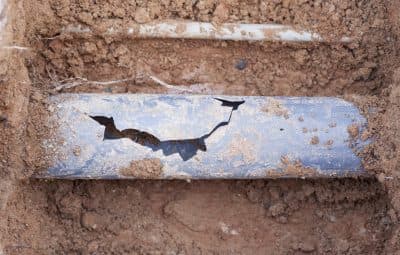
Sewer Pipe Relining costs
Average price $500 - $4,000
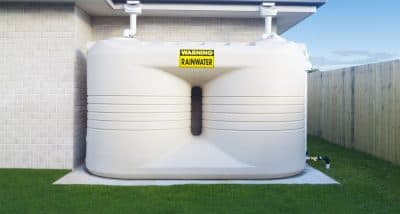
Water Tank costs
Average price $70 - $130 per hour

Shower costs
Average price $1,500 - $6,500

Bathtub costs
Average price $500 - $5,000

Toilet costs
Average price $60 - $130 per hour
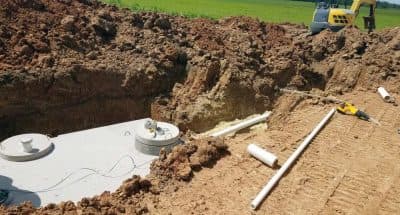
Septic Tank costs
Average price $7,000 - $15,000
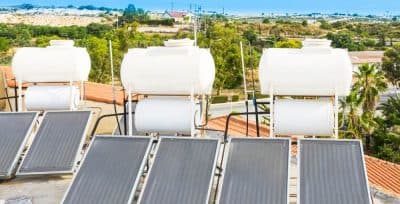
Solar Hot Water System costs
Average price $2,500 - $8,000

Plumber costs
Average price $50 - $250 per hour